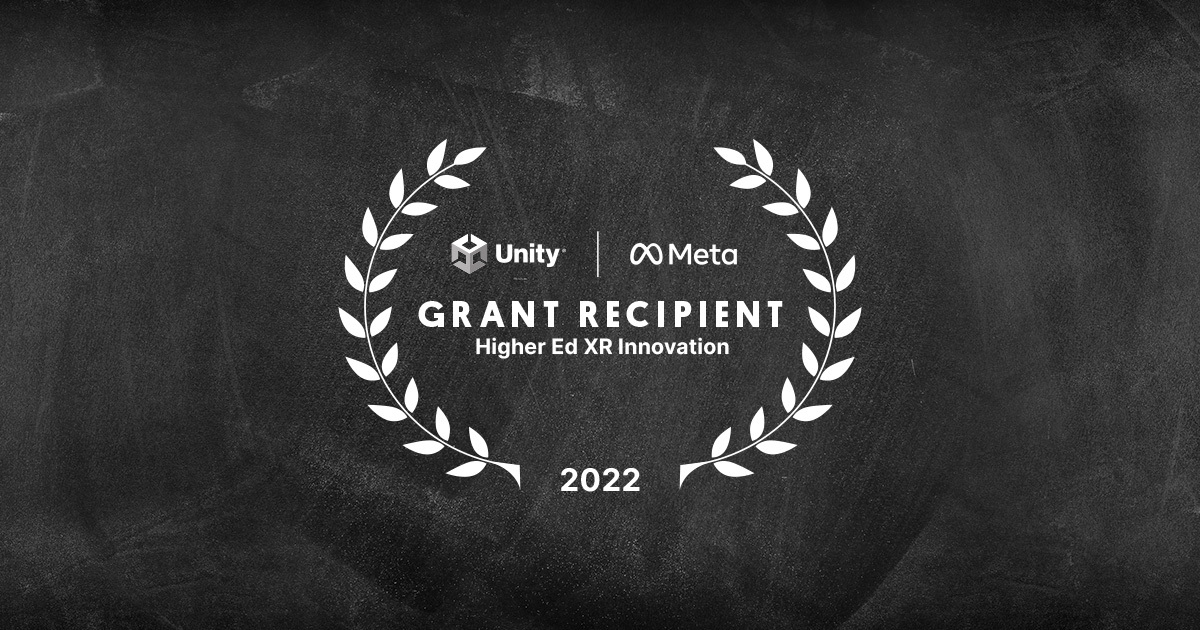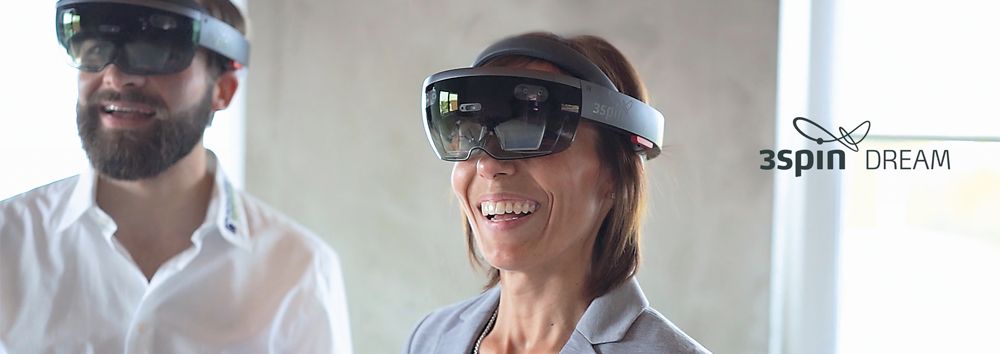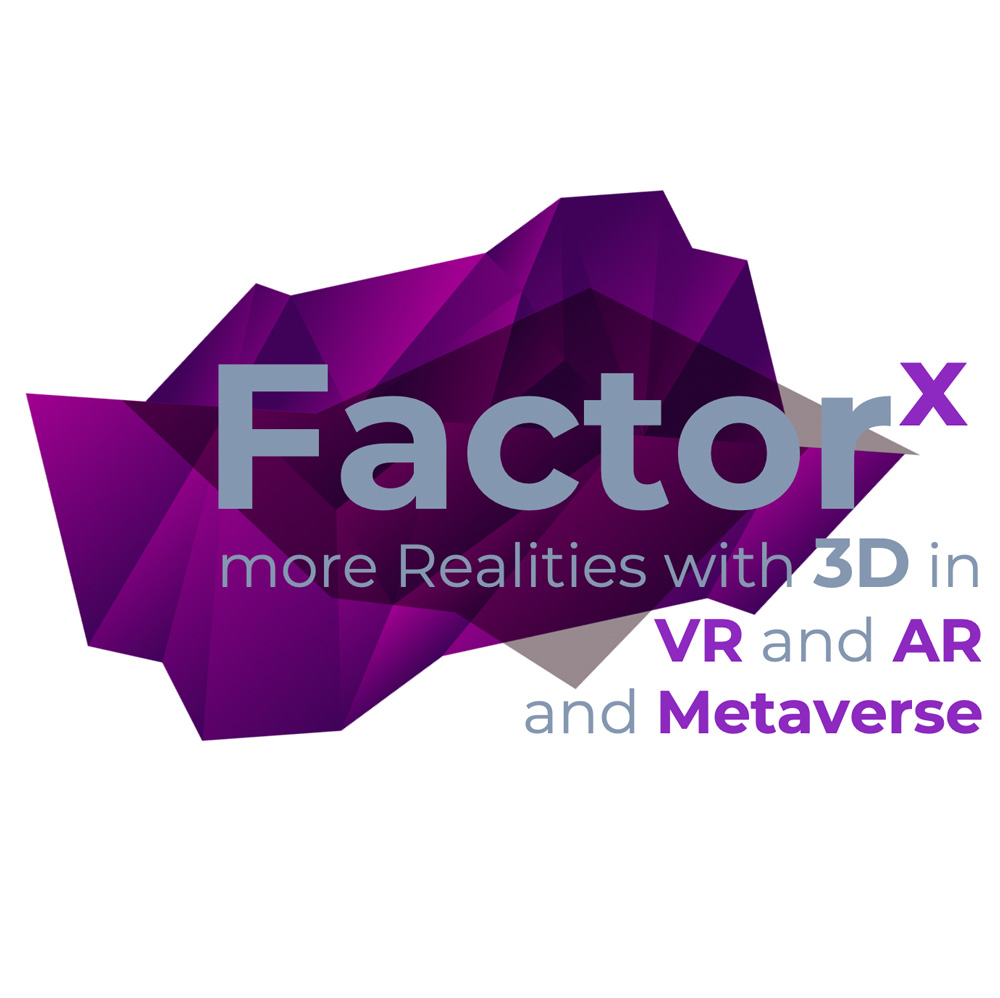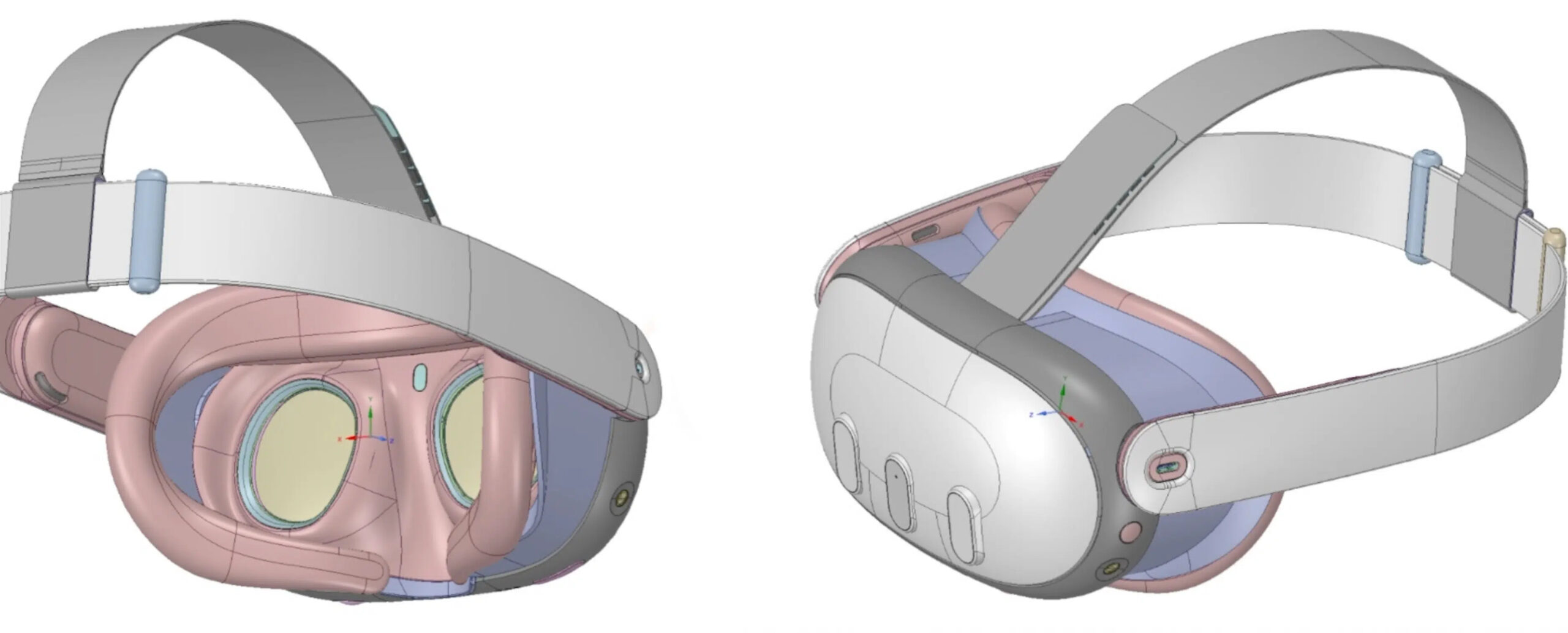An interdisciplinary team of Clarkson University professors has been awarded a Higher Ed XR Innovation Grant from Unity and Meta Immersive Learning. „XR“ stands for extended reality, a term referring to both augmented reality (AR) and virtual reality (VR).
A team of more than 60 judges from Unity and Meta selected only eight grant winners from among 276 submissions. The Higher Ed XR Innovation Grant is intended to empower colleges and universities to support learners in expanding their professional and income-earning opportunities through training in XR development with Unity.
Through Meta Immersive Learning, Meta is investing $150 million to help develop the next generation of metaverse creators, fund high-quality immersive experiences that can transform the way we learn, and increase access to learning through technology. Unity is the world’s leading platform for creating and operating interactive, real-time 3D (RT3D) content. Creators, ranging from game developers and architects to automotive designers, filmmakers and more, use Unity to make their creations come to life.
Assistant Professor of Psychology Lauren Petley, Professor and Chair of Communication, Media & Design Johndan Johnson-Eilola, and Associate Professor of Communication, Media & Design Alex Lee will use their grant to develop a novel instructional tool that leverages both VR for accurate neuroanatomical renderings and modern pedagogical principles – such as social interaction and embodiment – to build an innovative and engaging neuroscience learning experience for students.
By using this tool to enhance Clarkson’s psychology program’s neuroscience instruction and also open-sourcing the tool for use at other institutions, the professors hope to positively impact psychology students – especially those from underrepresented backgrounds. Since student training is integrated throughout the project, the development process will involve students from multiple departments, providing them with opportunities to work in VR, engage in usability testing, and learn about neuroscience.
Containing an estimated hundred billion neurons with a quadrillion connections, the human brain has been acknowledged as the most complex structure on Earth. Unsurprisingly, studying neuroscience is a daunting task. The educational hurdles that exist in neuroscience are especially unfortunate given the reach that neuroscience has for influencing groups that are underrepresented in STEM (science, technology, engineering and mathematics).
„The goal of our project is to use VR to overcome many of the challenges with neuroscience instruction,“ says Petley. „The accurate 3D renderings provided by VR have clear advantages for teaching anatomy. VR can also convey abstract functional concepts through concrete, interactive simulations.“
The Higher Ed XR Innovation Grants provide over $1 million in awards to higher-education institutions leveraging real-time 3D and immersive technology to make advances in teaching and learning, XR creation, and workforce development.
Quelle:
https://www.clarkson.edu/news/clarkson-university-awarded-grant-unity-meta-immersive-learning




